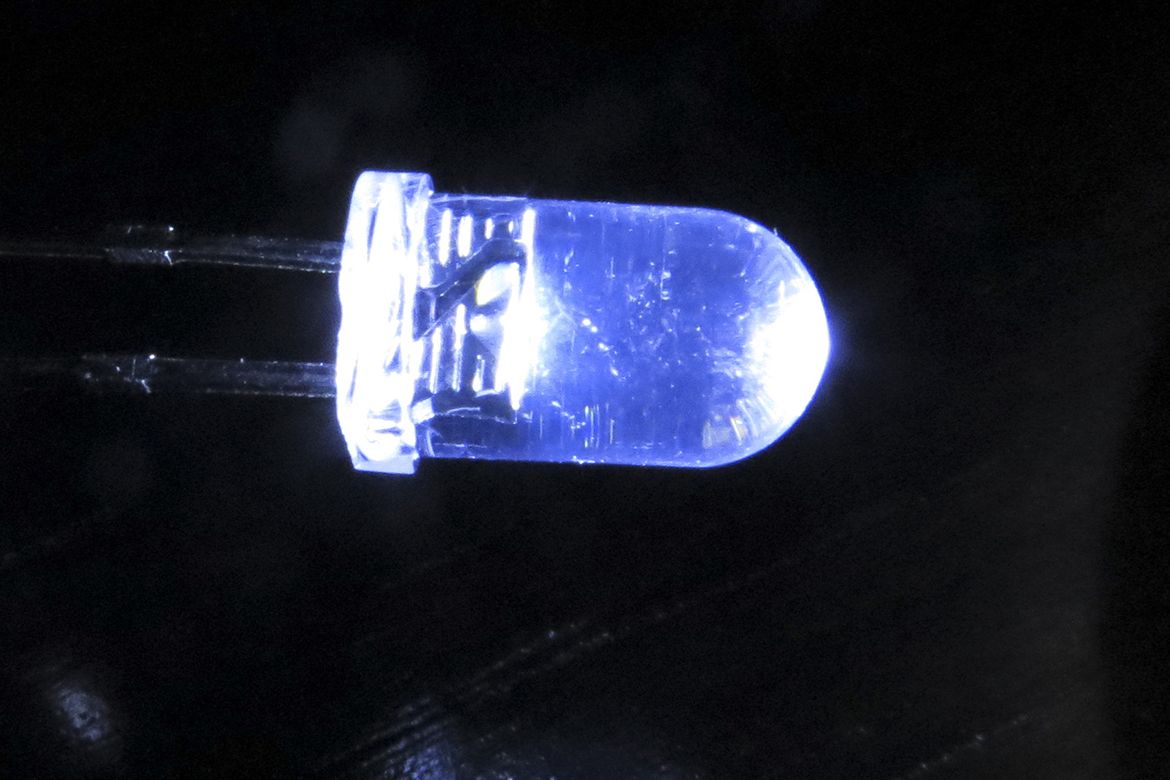
Generates electricity using natural cooling phenomenon
When frost forms on the ground overnight even when temperatures are well above freezing, or water droplets appear on car windshields even on a clear night, the cause is often a phenomenon called radiative sky cooling.
UCLA materials scientist report that they have leveraged the principles behind radiative sky cooling to develop an innovative way to produce renewable energy at night.
The concept could be used as a standalone technology or work in combination with solar energy to produce electricity throughout the day and night.
Radiative sky cooling is a natural phenomenon in which a surface that faces the sky ejects its heat into the air as thermal radiation. Some of that heat eventually rises to the upper atmosphere and then into colder reaches of space.
The new technology takes advantage of that difference in temperatures by capturing some of the heat from the surrounding air that would otherwise rise into the sky and converting it into electricity.
The researchers developed a simple and inexpensive device to demonstrate the technology for a total cost of less than $30.
The researchers used Aluminum disk to radiate the heat being given off by the surrounding air. A thermoelectric generator converted that heat into electricity.
The device generated up to 25 mill watts per square meter, enough to power a single LED light bulb. Although the device generates substantially less energy than a similarly sized solar cell,
The technology could be improved with better components, and that it could potentially generate as much as 0.5 watts per square meter especially in hot, dry climates where the radiative cooling effect is the strongest.
With that output, a small setup on the roof of a home could provide enough power overnight to charge a cell phone or to light a room with LED bulbs.
That study was an important step toward using harnessing the phenomenon for energy applications.
 English
English Arabic
Arabic


